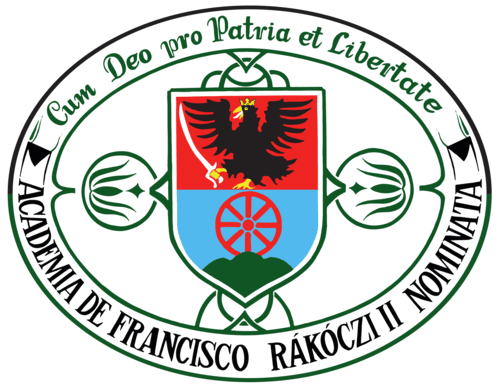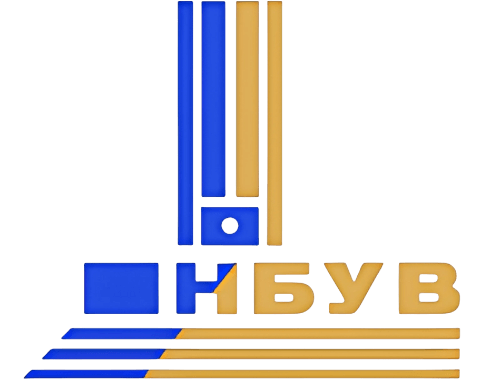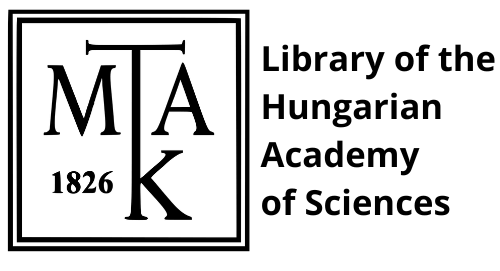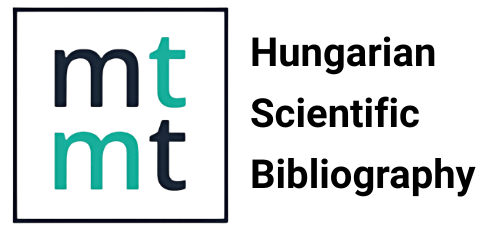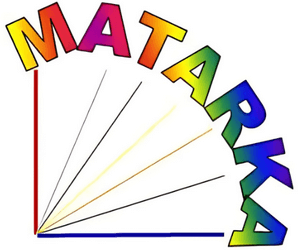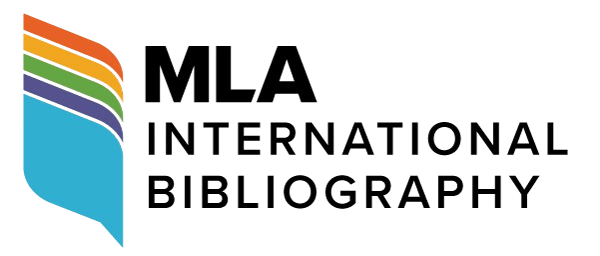Some of Sándor Petőfi's poems from a student's point of view Mosaics from the research of students' analyses of art
DOI:
https://doi.org/10.58423/2786-6726/2023-2-166-187Keywords:
content-centered versus reception-centered literature teaching, poetic text, historical and aesthetic views of literature, author/creator attitude, use of literary and art theoretical concepts, technical terminology, technical vocabulary, paragraph, complete sentence, sentence unit, structure and style analysisAbstract
Curricula come, curricula go, and they bring in their wake outdated, then updated, or even new textbooks from time to time, in the name of reforms or a modern perspective. Meanwhile, the quiet, or more intense debate swings back and forth, again and again between the work-centered or reception-centered literature teaching approaches. This paper contributes to this discourse while shedding light on the intersection of what can be called a pair of opposing concepts at the center of the debate, when the degrees of understanding a work of literature and the student's confrontation with poetical works as lyrical subjects become the organizing principle in the world of a literature class. This professional-pedagogical reflection is supported by a presentation of facts, data, and correlations of the analytical work of twenty 7th grade students from Kelebia in southern Hungary, in order to assist the teaching and learning of literature as a subject.
References
Adamikné Jászó Anna, 1994. A szövegértő olvasás fejlesztése [Developing reading comprehension]. In: Nagy Attila (szerk.): Olvasásra nevelés és pedagógusképzés (HUNRA-konferenciák előadásai) [Reading education and teacher training (Presentations from HUNRA conferences)]. Országos Széchényi Könyvtár, Budapest. (In Hungarian).
Békési Imre, 1982. Szövegszerkezeti alapvizsgálatok. [Basic tests on text structure]. Budapest, Akadémiai Kiadó. (In Hungarian).
B. Fejes Katalin, 1981. Egy korosztály írásbeli nyelvhasználatának alakulása. [Trends in the written language use of an age group] Budapest, Tankönyvkiadó. (In Hungarian).
Csúri Károly, 1985. Az egyszerű formák szemiotikája. [The semiotics of simple forms] In: Bernáth Árpád – Csúri Károly. József Attila Tudományegyetem, Szeged. (In Hungarian).
Deme László, 1971. Mondatszerkezeti sajátosságok gyakorisági vizsgálata.[Frequency analysis of sentence structure features] Budapest, Akadémiai Kiadó. (In Hungarian).
Deme László, 1979. A szöveg alaptermészetéről.[About the basic nature of the text] In: Szathmári István – Várkonyi Imre (szerk.): A szövegtan az oktatásban és a kutatásban.[Textology in education and research] Budapest, Tankönyvkiadó. (In Hungarian).
Dobóné Berencsi Margit, 1977. Irodalmi érdeklődés – anyanyelvi műveltség (a szóképek tükrében) [Literary interest - literacy in the mother tongue (in the light of word pictures)] Hevesi Művelődés, Eger. (In Hungarian).
Halász László, 1972. Adalékok a műértékelő tevékenység pszichológiai kutatásához. [Contributions to psychological research on art appreciation.] Budapest, Akadémiai Kiadó. (In Hungarian).
Hangay Zoltán, 1991. A szövegfajták.[The text types] In: A. Jászó Anna (főszerk.): A magyar nyelv könyve.[The Hungarian language book.] Budapest, Trezor Kiadó.(In Hungarian).
Hankiss Elemér, 1985. Az irodalmi mű mint komplex modell.[The literary work as a complex model] Magvető Könyvkiadó, Budapest. (In Hungarian).
H. Tóth István, 1994. Irodalmi felkészültség (Fejlesztési követelmények).[Literary preparedness (Development requirements)] Társszerző: Gálosné Szűcs Emília. Iskolakultúra, Budapest. (In Hungarian).
H. Tóth István, 1997. „Az olvasás: fölfedezés” – Egy korosztály irodalomértésének alakulása (Kandidátusi értekezés).["Reading: discovery" - The development of literary comprehension in an age group (Candidate thesis)] (Témavezető: dr. A. Jászó Anna). Magyar Tudományos Akadémia, Budapest. (In Hungarian).
H. Tóth István, 1998. Hetedhét határban (Irodalmi feladatgyűjtemény 10–11 éves olvasóknak) [In the seventh border (Literary exercises for readers aged 10-11)]. Szeged, Mozaik Oktatási Stúdió (In Hungarian).
H. Tóth István, 1998. Régmúlt kövei között (Irodalmi feladatgyűjtemény 12–13 éves olvasóknak) [Among the stones of the past (Literary exercises for 12-13 year old readers)]. Szeged, Mozaik Oktatási Stúdió. (In Hungarian).
H. Tóth István, 1999. Legendák nyomában (Irodalmi feladatgyűjtemény 11–12 éves olvasóknak) [In the footsteps of legends (Literary exercise book for 11-12 year old readers)]. Szeged, Mozaik Oktatási Stúdió. (In Hungarian).
H. Tóth István, 1999. Jelek az úton (Irodalmi feladatgyűjtemény 13–14 éves olvasóknak) [Signs on the road (Literary exercise book for readers aged 13-14)] Szeged, Mozaik Oktatási Stúdió. (In Hungarian).
H. Tóth István, 1999. Egy tanulói fogalomhasználatot elemző vizsgálat témája és tanulságai [Themes and lessons from a study analysing students' use of concepts]. Szeged, Módszertani Közlemények [Methodological Papers],. (In Hungarian).
H. Tóth István, 1999. Utak a művek elemzéséhez [Ways to analyse the works] Szeged, Módszertani Közlemények [Methodological Papers], Szeged. (In Hungarian).
H. Tóth István, 2000. Radnóti Miklós összehasonlítással elemzett versei tanulói műismertetésekben [Comparative analysis of Miklós Radnóti's poems in students' literary studies]. Szeged, Módszertani Közlemények [Methodological Papers],. (In Hungarian).
H. Tóth István, 2001. Irodalom-, művészetelmélet és könyvtárhasználat az irodalompedagógiában [Literature, art theory and library use in literary education]. Magyartanítás, Budapest. (In Hungarian).
H. Tóth István, 2001. Csokonai-versek olvasása közben (Egy szakszómező-kutatás néhány tanulsága. 1. rész) [Reading Csokonai's poems (Some lessons from a field study. Part 1)]. Módszertani Közlemények [Methodological Papers], Szeged. (In Hungarian).
H. Tóth István, 2002. Petőfi-versek olvasása közben (Egy szakszómező-kutatás néhány tanulsága. 2. rész) [Reading Petőfi poems (Some lessons from a field study. Part 2)] Szeged, Módszertani Közlemények [Methodological Papers]. (In Hungarian).
H. Tóth István, 2002. Ady-versek olvasása közben (Egy szakszómező-kutatás néhány tanulsága. 3. rész) [Reading Ady poems (Some lessons from a field study. Part 3).] Szeged, Módszertani Közlemények [Methodological Papers]. (In Hungarian).
H. Tóth István, 2002. József Attila-versek olvasása közben (Egy szakszómező-kutatás néhány tanulsága. 4. rész) [Reading Attila József's poems (Some lessons from a field study. Part 4)]. Szeged, Módszertani Közlemények [Methodological Papers] (In Hungarian).
H. Tóth István, 2007. A szövegvilág-kutatás néhány újabb eredménye [Some recent results from text-world research] In: Kiss Éva (szerk.): Pedagógián innen és túl [Inside and beyond pedagogy],(Zsolnai József 70. születésnapjára). Pannon Egyetem BTK – Pécsi Tudományegyetem FEEK, Pápa–Pécs. (In Hungarian).
H. Tóth István, 2011. Tanulók fogalomhasználata műelemzésekben (Egy kutatás tapasztalataiból) [Learners' use of concepts in art analysis (From a research experience)] Közoktatás (A Kárpátaljai Magyar Pedagógusszövetség lapja), Beregszász. (In Hungarian).
H. Tóth István, 2015. „Nem fecske módra…” Az olvasmánymegértés fejlesztése – Kézikönyv nemcsak tanítók és magyartanárok számára ["Not in a Swallow's Way..." Developing Reading Comprehension - A handbook not only for teachers and teachers of Hungarian.] Kárpátaljai Magyar Pedagógusszövetség Tankönyv- és Taneszköztanácsa, Beregszász. (In Hungarian).
H. Tóth István, 2021. Barangolás a stílus és a stilisztika világában (Tanári feladatgyűjtemény és kézikönyv a stilisztika évfolyamfüggetlen tanításához) [Exploring the world of style and stylistics (Teacher's Exercise Book and Handbook for Teaching Stylistics in a Grade-Independent Setting)]. Kárpátaljai Magyar Pedagógusszövetség Tankönyv- és Taneszköztanácsa, Beregszász. (In Hungarian).
Kádárné Fülöp Judit, 1990. Hogyan írnak a tizenévesek? (Az IEA fogalmazásvizsgálata Magyarországon.) [How do teenagers write? (IEA Composition Survey in Hungary.)] Akadémiai Kiadó, Budapest. (In Hungarian).
Nagy Attila, 1985. A felső tagozatosok olvasási szokásairól. In: Dán Krisztina (szerk.): Tanulmányok a 14 éven aluli gyermekek olvasásra neveléséről [On the reading habits of upper secondary school students. In: Studies on reading education for children under 14 years of age]. Országos Pedagógiai Könyvtár és Múzeum, Budapest. (In Hungarian).
Petőfi S. János, 1990. Szöveg, szövegtan, műelemzés [Text, text analysis, literary analysis]. Országos Pedagógiai Intézet, Budapest. (In Hungarian).
Tolcsvai Nagy Gábor, 1994. A szöveg világa [The world of text]. Nemzeti Tankönyvkiadó, Budapest. (In Hungarian).
Downloads
Published
How to Cite
Issue
Section
License
Authors retain copyright and grant the journal the right of first publication. The work is simultaneously licensed under a Creative Commons Attribution 4.0 International License (CC BY 4.0), which permits others to share the work with appropriate credit given to the author(s) and the initial publication in this journal.



